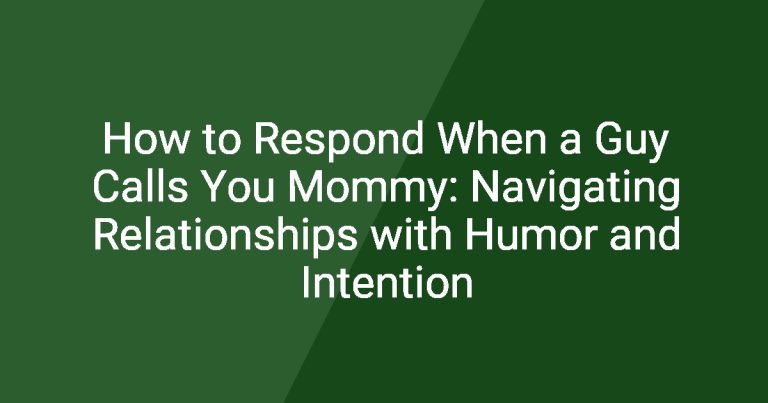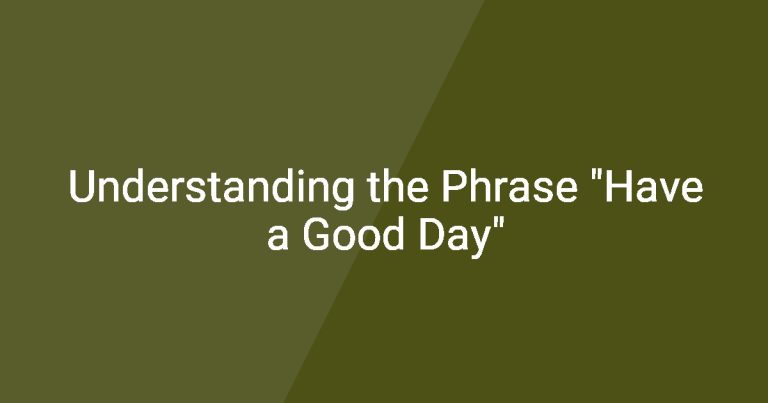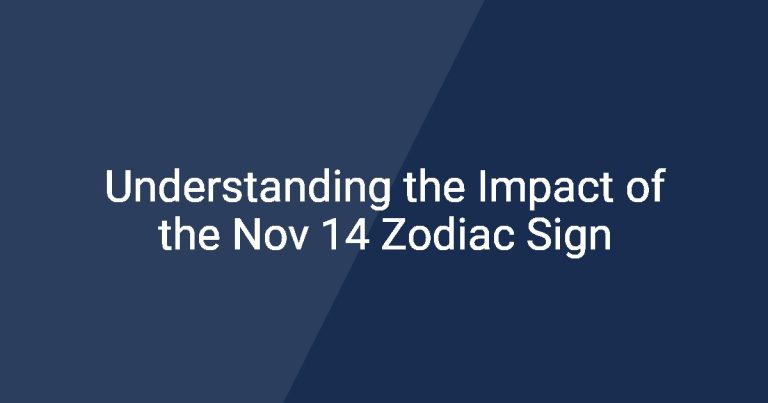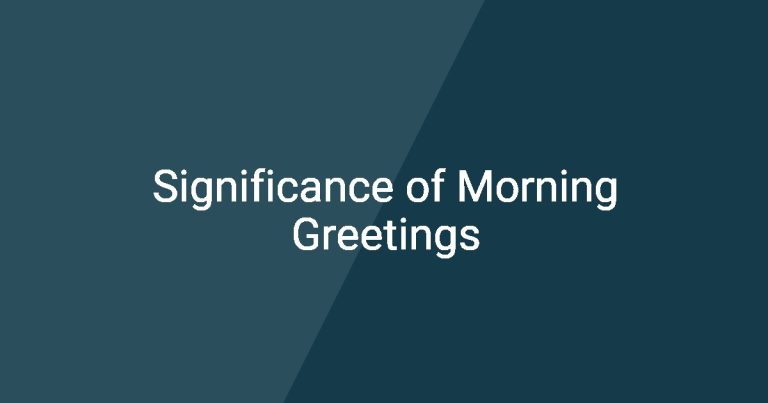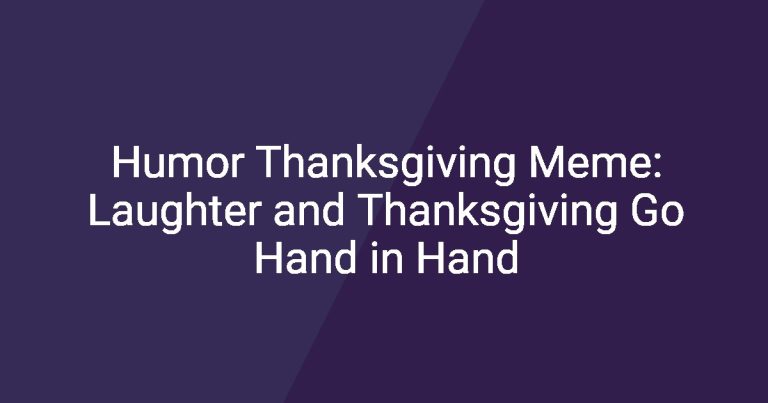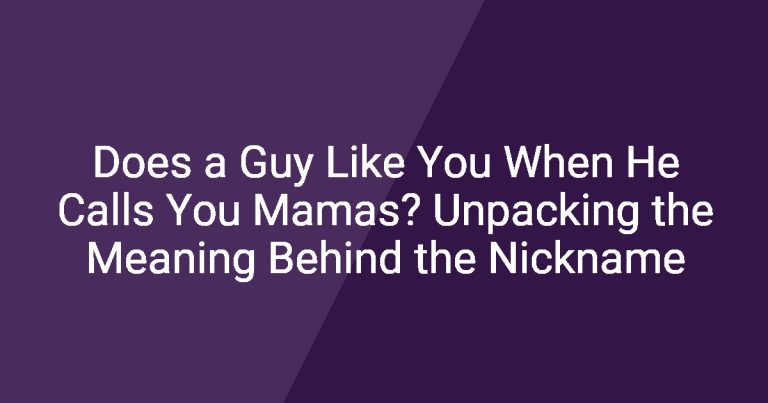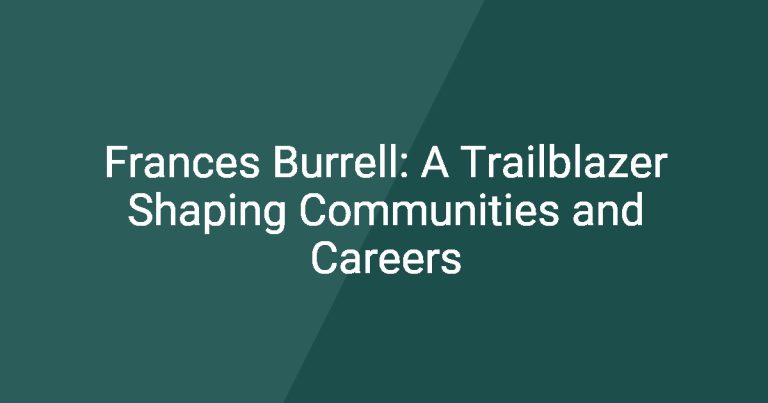The importance of positive communication in our daily lives cannot be overstated. A simple phrase like “Have a great day” transcends mere politeness; it’s a way to foster connections, uplift spirits, and express goodwill. This seemingly innocuous phrase can evoke a range of emotions and responses, varying from casual acknowledgment to heartfelt exchanges. Understanding how to respond effectively is essential in enhancing our interpersonal interactions.
In exploring the concept of effective have a great day response, we will delve into the phrase’s origin, its cultural variations, typical responses, and the context in which it is delivered. By the end of this article, you will be equipped with various techniques to respond to this common yet meaningful phrase, enhancing your communication skills in both personal and professional settings.
Understanding the Phrase “Have a Great Day”
Origin and Usage
The expression “Have a great day” has become a staple in modern vernacular. While it is difficult to pinpoint its exact origins, it’s believed to have gained popularity in the United States during the late 20th century. Used frequently by retail employees, customer service representatives, and casual acquaintances, the phrase essentially functions as a polite farewell or gesture of goodwill. It is commonly employed in scenarios such as leaving a meeting, after a transaction, or as part of everyday greetings.
Emotionally, the phrase carries weight. It conveys a sense of positivity, encouraging the recipient to embrace the day ahead with optimism. A well-timed have a great day response not only acknowledges this sentiment but also reciprocates it, fostering connections that uplift both the speaker and the listener.
Cultural Variations
Expressions of goodwill can differ widely across cultures. While “Have a great day” may be prevalent in English-speaking countries, numerous cultures have their own ways of imparting similar sentiments. For instance, in Spanish, phrases such as “¡Que tengas un buen día!” or in French, “Bonne journée!” hold similar meanings.
Understanding localized phrases and their implications is crucial for effective communication. A phrase that might seem casual in one culture could be considered overly formal in another. The context in which these phrases are used also plays a significant role in how they are interpreted. A simple have a great day response can reflect the nature of the relationship between the parties involved.
Common Responses to “Have a Great Day”
Positive Responses
When someone wishes you a “have a great day,” responding positively can enhance the interaction. Here are some enthusiastic replies to consider:
– “Thank you! You too!”
– “I appreciate that! I hope your day is fantastic!”
These responses not only acknowledge the original sentiment but also express genuine emotion. Sincerity is vital; a heartfelt response strengthens relationships, making it more likely that the other person will reciprocate similarly in future interactions.
Neutral Responses
Sometimes, a neutral response can suit the situation better, especially when you are not close to the person you’re conversing with. Examples of neutral replies could include:
– “Thanks, you as well.”
– “Same to you.”
These responses work well in more formal or unfamiliar contexts, helping maintain a level of polite engagement without overstating sentiment.
Personalized Responses
Tailoring your response based on the relationship you have with the speaker can significantly enhance the interaction. For instance, responding to a superior or colleague might involve a more professional tone, while exchanges with friends and family can be more casual and warm. Here are some examples:
– Colleague: “Thanks! Looking forward to our meeting later!”
– Friend: “Thanks! Can’t wait for our meet-up later!”
Adapting your have a great day response according to your relationship with the speaker not only shows thoughtfulness but also reinforces the connection.
Contextual Considerations
Professional Settings
In professional settings, maintaining a degree of professionalism is paramount. Responses should reflect an understanding of workplace dynamics. Suitable examples in the workplace could include:
– “Thank you, I have a big project today, but I’ll manage!”
This reflects gratitude while hinting at your busy schedule. It keeps the interaction warm while maintaining a professional demeanor.
Personal Settings
In informal settings with family and friends, your have a great day response can be more relaxed and inviting. Responses like:
– “Thanks! I’m planning to hit the park later!”
Such responses not only convey warmth but may also lead to further conversation, enhancing the relationship.
Avoiding Common Pitfalls in Responses
Responses That May Come Off as Insincere
Some responses can unintentionally seem dismissive or insincere. For instance, replies like:
– “Sure.” or “Yeah.”
These lack warmth and may give the impression that you are uninterested in engaging. Sincerity is important; a casual conversation can lead to deeper connections when both parties are genuinely involved.
Overly Formal or Informal Responses
Finding the right balance is crucial in communication. Overly formal replies:
– “I shall endeavor to have a great day.”
May confuse the listener or come off as pretentious. Similarly, overly informal responses in formal situations can lead to misunderstandings. Striking the right tone addresses the context appropriately.
Strategies for Crafting an Effective Response
Listening Skills
The key to a good have a great day response begins with active listening. When someone wishes you a great day, it’s essential to pay attention to their tone and body language. By responding appropriately, you not only acknowledge their sentiment but also create a more engaging interaction.
Reflecting Emotions
Using your tone, facial expressions, and body language to match the enthusiasm of the original sentiment can create more profound connections. If someone responds with excitement about their plans, mirroring that enthusiasm in your reply keeps the conversation lively and engaging.
Practicing Empathy
Understanding the intentions behind the phrase is critical. Showing genuine interest in the speaker’s day can make your response more meaningful. Phrases like “What are you looking forward to today?” indicate empathy and draw the speaker into a deeper conversation.
Conclusion
The way we respond to a simple phrase like “have a great day” can significantly influence our daily interactions. By practicing various responses, understanding cultural contexts, and employing effective communication strategies, we can improve both our personal and professional relationships. Through positive interactions, we enhance communication skills, fostering an environment filled with kindness and goodwill.
Additional Resources
For those looking to enhance their communication skills, there are valuable resources available:
– Suggested readings on communication skills: [MindTools](https://www.mindtools.com)
– Online courses on effective interpersonal skills: [Coursera](https://www.coursera.org)
| Response Type | Example Responses | Context |
|---|---|---|
| Positive | “Thank you! You too!” | Informal or friendly settings |
| Neutral | “Thanks, you as well.” | Professional or casual encounters |
| Personalized | “Thanks! Can’t wait for our meet-up later!” | Close friends or family |
| Professional | “Thank you, I have a big project today, but I’ll manage!” | Workplace interactions |
| Casual | “Thanks! I’m planning to hit the park later!” | Informal scenarios with friends or family |
FAQ
1. What is the best response to “have a great day”?
The best response typically depends on your relationship with the person. A warm, enthusiastic reply like “Thank you! You too!” works well in most situations.
2. How can my responses impact my relationships?
Sincere, engaging responses can strengthen connections and create a more positive atmosphere, enhancing both personal and professional relationships.
3. What should I do if I feel uncomfortable responding?
If you feel uncomfortable, a neutral response such as “Thanks, you as well” is perfectly acceptable.
4. Are there cultural differences in expressing goodwill?
Yes, various cultures have their own phrases that express similar sentiments. Understanding these can cultivate better cross-cultural communication.
5. How important is body language in responding?
Body language is incredibly important; it can convey sincerity and enthusiasm that words alone might not express.
6. Can humor be used in my responses?
Absolutely! Using humor can draw people closer, provided it suits the context and your relationship with the person.
7. Is it okay to respond with a question?
Yes! Responding with a question, like “What are your plans for today?” can deepen the conversation.
8. Why is it important to be sincere in responses?
Sincerity creates authenticity, making the interaction meaningful and fostering trust between individuals.
9. How can I practice my responses?
Practicing with friends or family in casual settings can help you become more comfortable and adept at responding positively.
10. What if I don’t feel like having a great day?
It’s okay! You can still acknowledge the sentiment kindly with a simple, “Thanks! I appreciate it.” Being factual can also reflect honesty while maintaining politeness.
